So you’ve prepared the most perfect meal when all that’s left is to make the sauce to finish off your masterpiece. You measure it all out, you add it to the pan and in a blink of an eye it breaks. Instead of a luscious thick cream, you have grainy bits of fat floating in a bowl of watery liquid. It looks congealed and pretty gross. So for this week’s Tuesday’s Tip with The Kitchen Whisperer we’re going to be talking about Breaking Sauces.
Adding your fat too fast – If you add your fat too fast the mixture, the emulsifying agent gets overwhelmed and has trouble forming that bridge between the fat and the liquid.
Are you familiar with an emulsifying agent is? Emulsifying agents are substances that are soluble in both fat and water and enable fat to be uniformly dispersed in water as an emulsion. Foods that consist of such emulsions include butter, margarine, salad dressings, mayonnaise and ice cream. Stabilizers maintain emulsions in a stable form.
The sauce got too hot – At high temperatures, the eggs will start to coagulate and lose their ability to hold the emulsion together. At this point, the eggs are actually starting to scramble! When flour-based sauces like bechamel get too hot, the starch molecules also start to lose their ability to thicken properly.
The sauce was kept warm for too long – Sauces are best served as close to serving time as possible. If you have to wait a while, it’s usually best to let the sauce cool to room temperature and then very gently re-heat it while stirring with a whisk or spoon.
Your sauce was cold – Unfortunately, these finicky sauces will also separate when they’re cooled below room temperature. This is because the fat solidifies and breaks the emulsion.
So how do you prevent your sauces from breaking in the first place?
Fat – Whisk the oil or butter into your sauce one teaspoon at a time, especially at the beginning. Once it thickens up a bit, you can add the fat in larger amounts.
Heat – It’s important to keep the heat very low when you add cream, and to do it at the end of cooking. You basically just want to warm the cream and blend. You don’t need to bring it to a boil. It will also be less likely to curdle if it’s not cold, so instead of using it straight from the fridge, let cream come up to room temperature, or stir in a bit of hot water to temper it before adding it to the pot. Mixing cornstarch into sour cream before incorporating it into dishes will prevent the sauce from breaking as well. Since the eggs start to coagulate around 180-degrees, keep egg-based sauces well below boiling. Flour-based sauces can be heated a little more and can be kept at a simmer.
Fat Content – Fat content also affects how dairy products behave when heated. While it may be tempting to save a few calories by using half-and-half or other lower-fat products, full-fat cream is more stable when added to hot foods. Another alternative is to use crème fraîche, which is “more forgiving and won’t curdle.




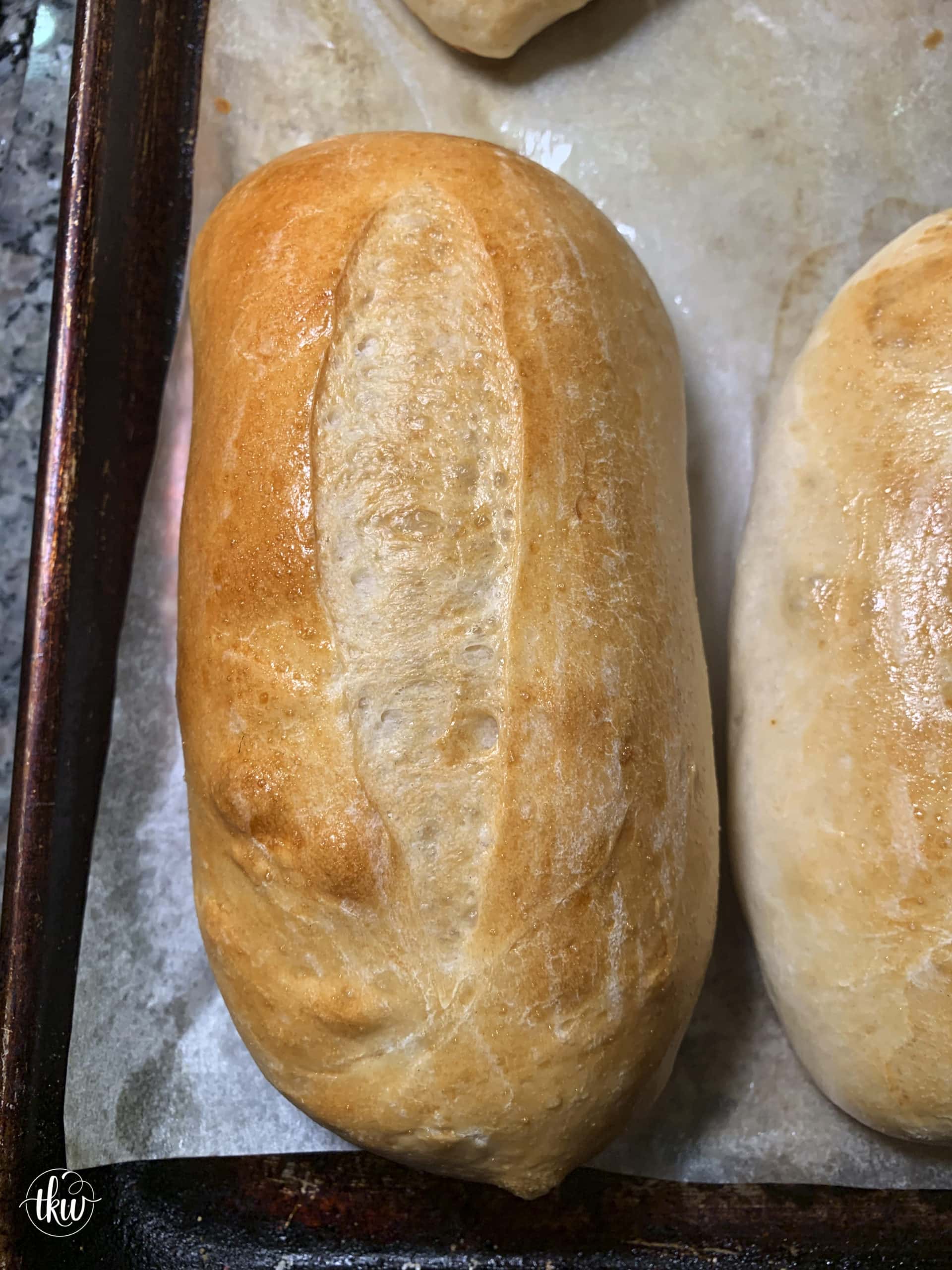
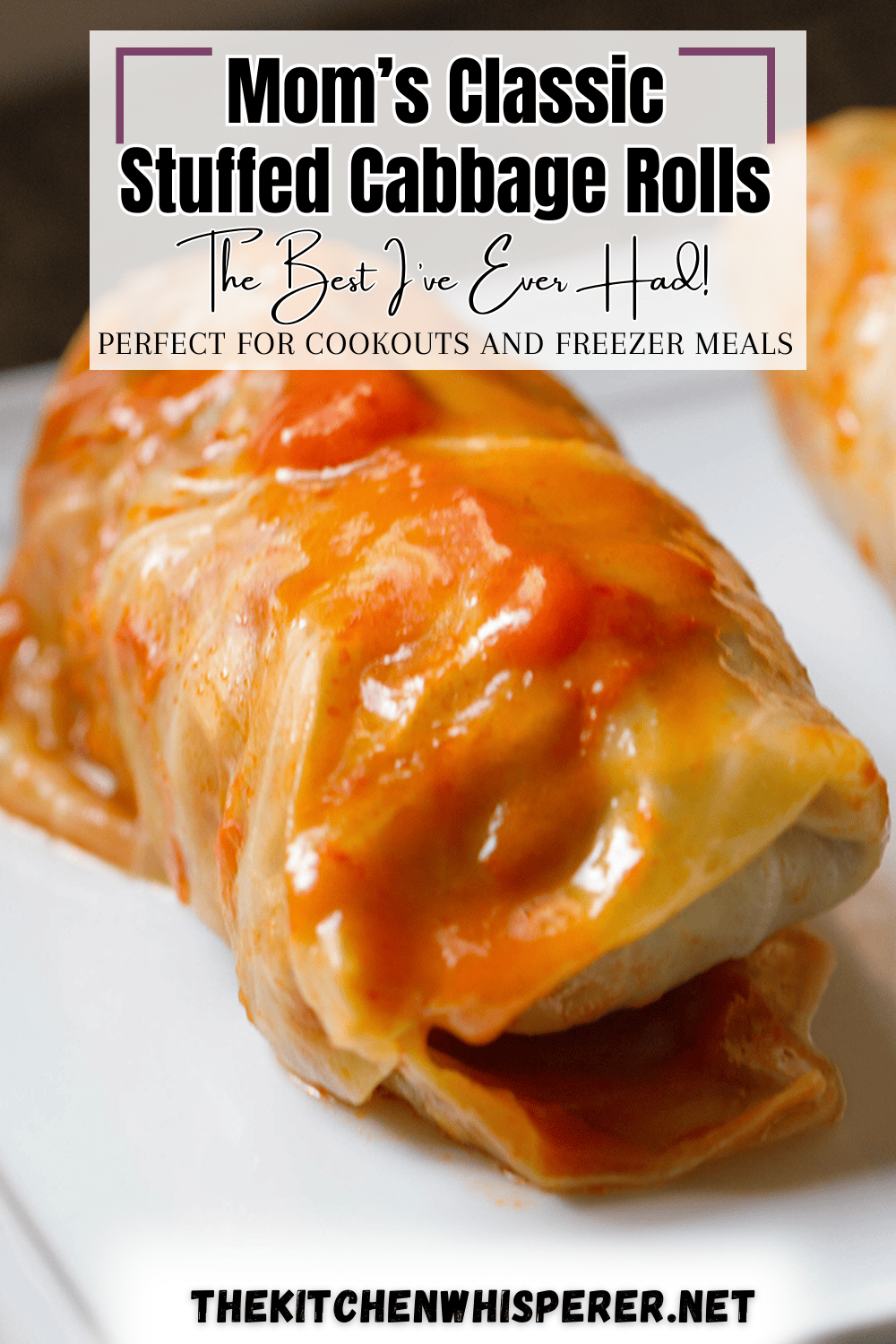
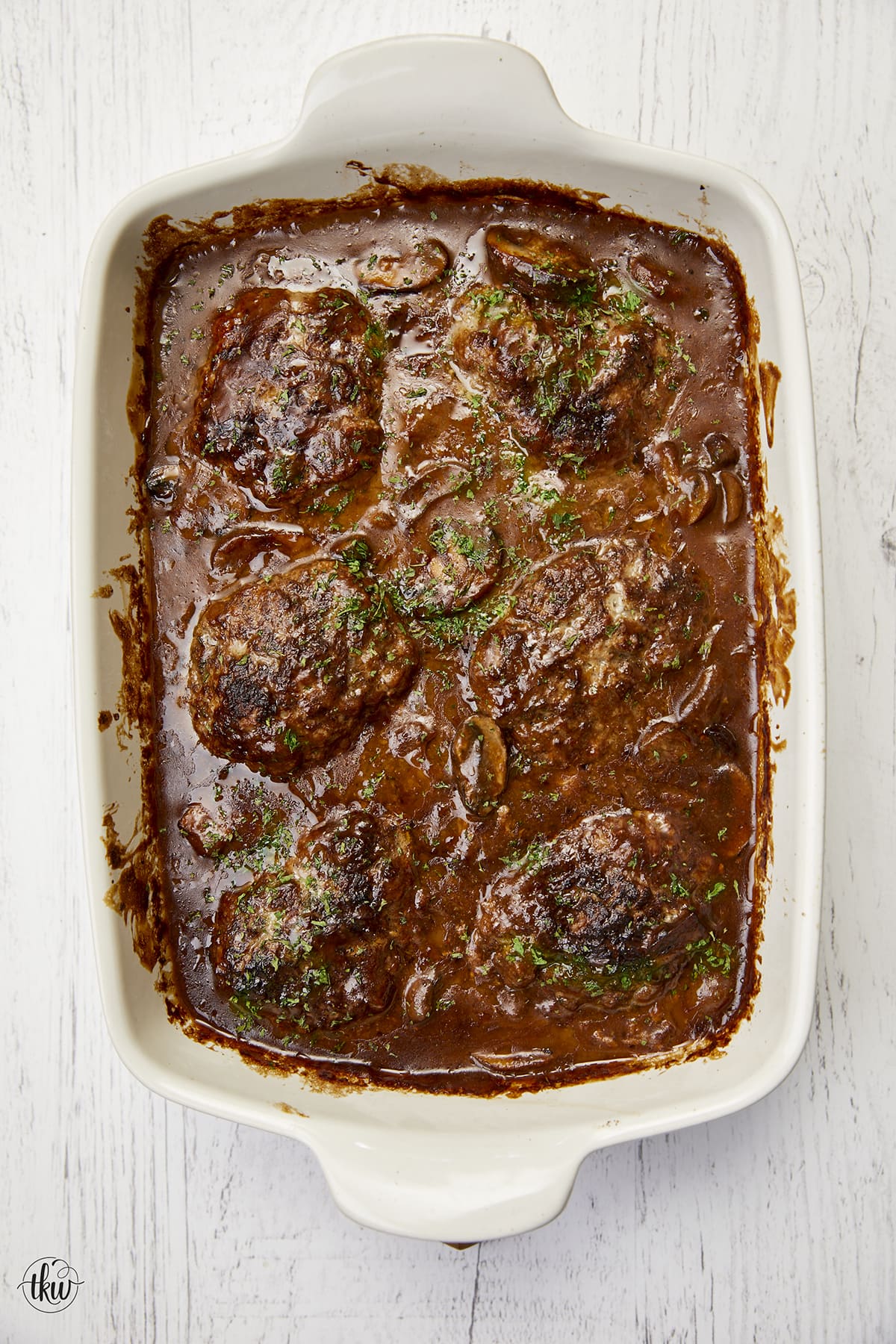

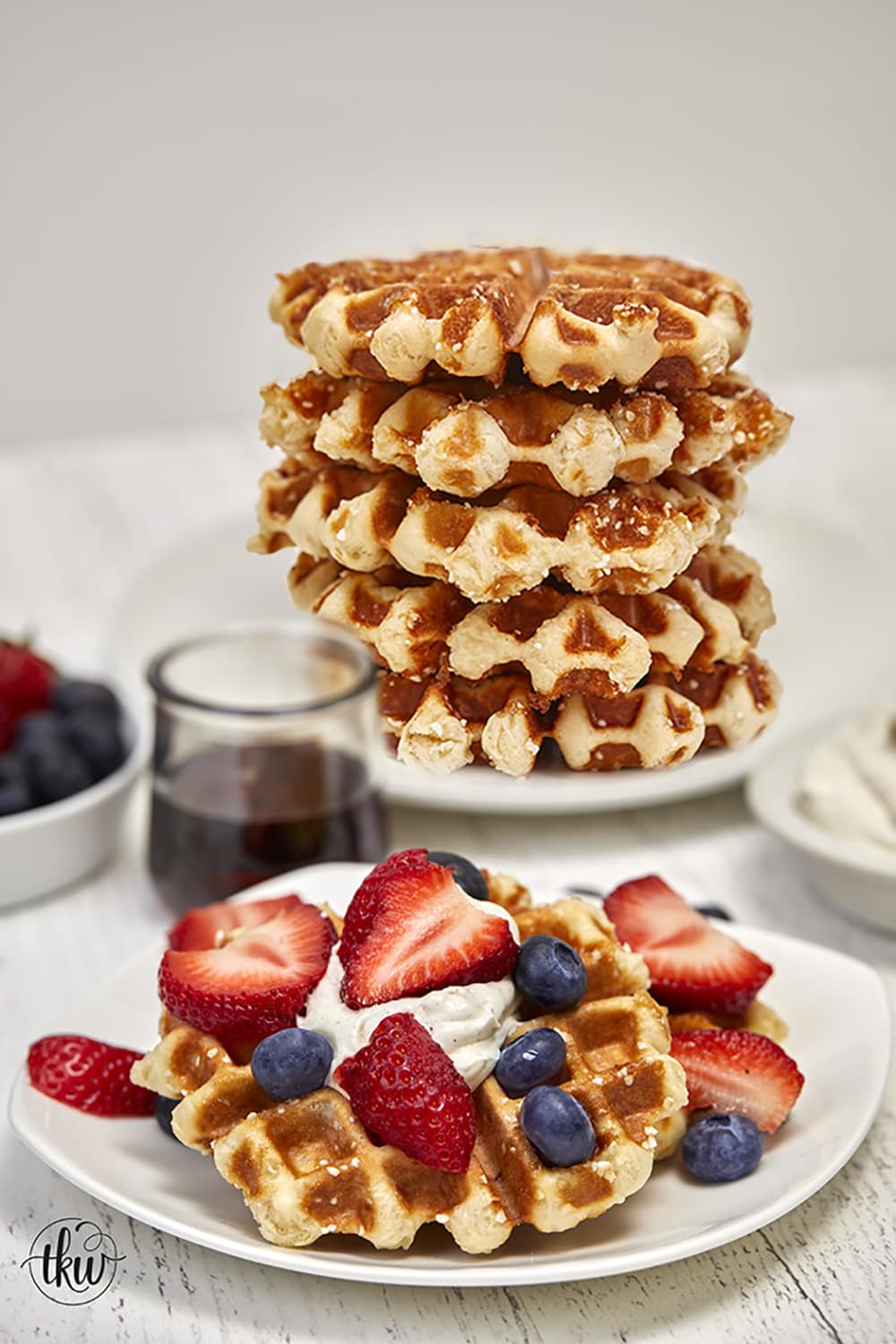

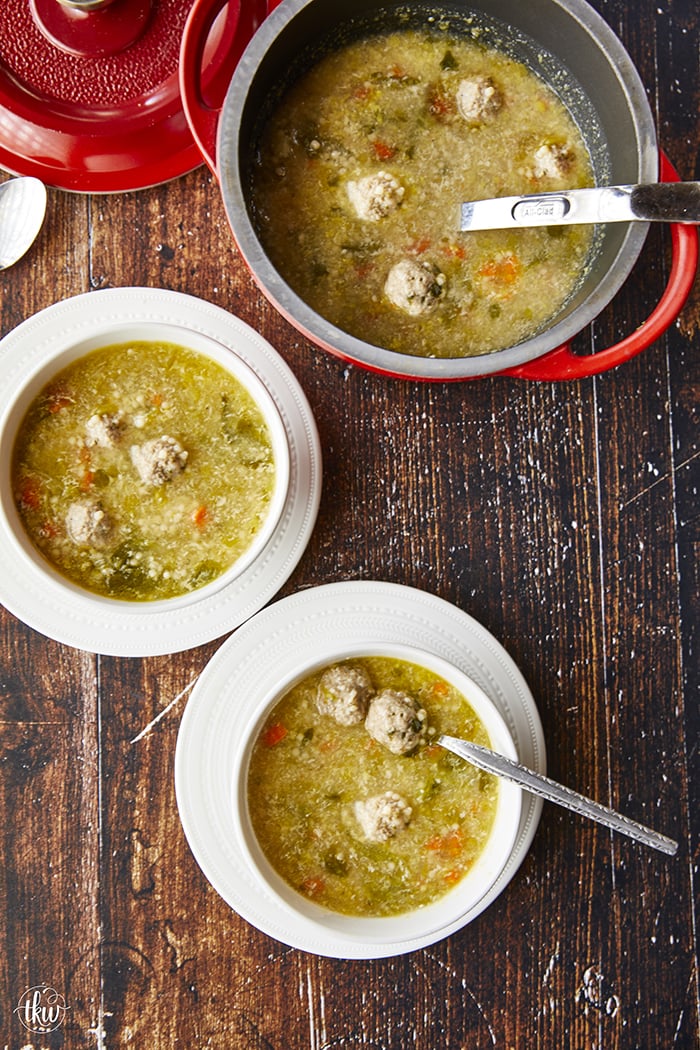
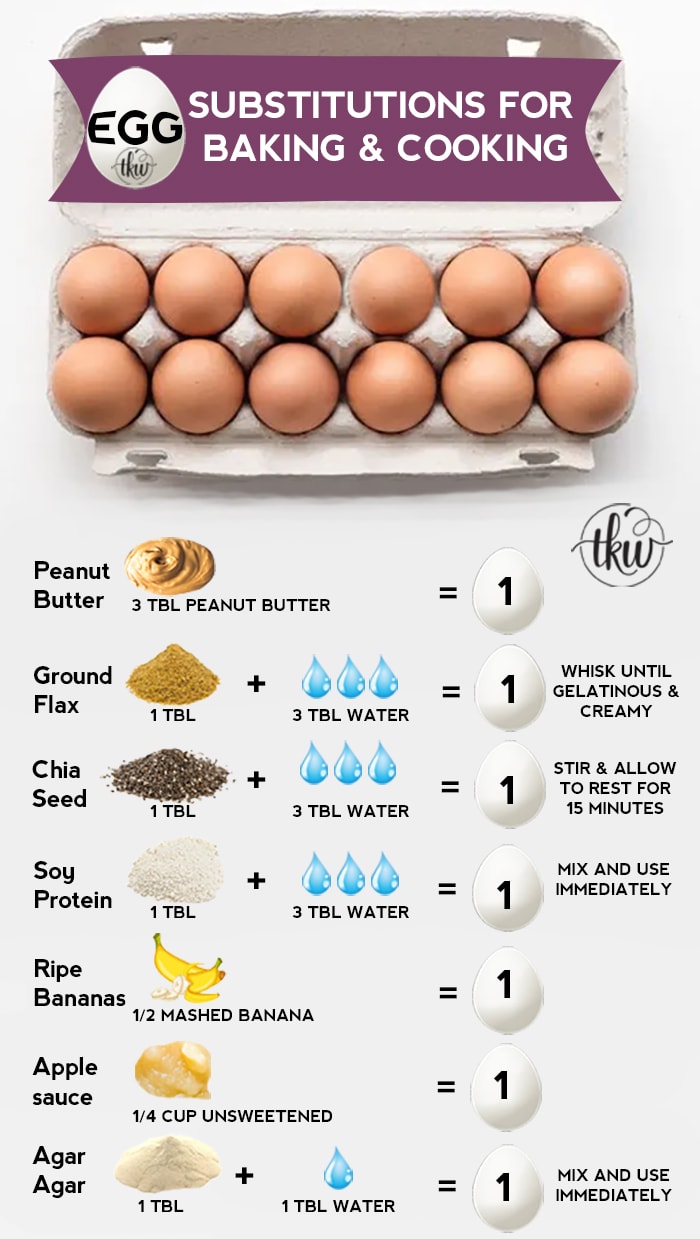
Leave a Reply